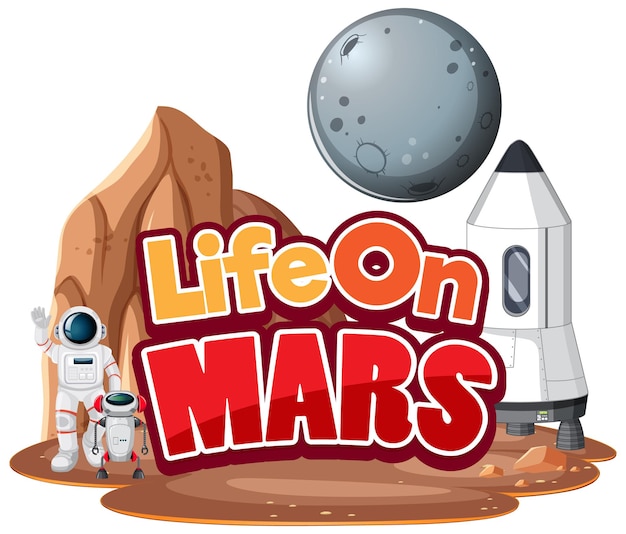Mercury – A Planet of Surprising Facts

Mercury is the smallest planet in our solar system.
Did you know that Mercury has no atmosphere?
One interesting fact about Mercury is that it has a daytime temperature of up to 800 degrees Fahrenheit!
Mercury is named after the Roman god of commerce, travel, and thievery.
Despite being small, Mercury is incredibly dense!
Mercury’s surface is covered in craters, similar to the Moon.
Mercury’s year is equivalent to only 88 Earth days.
Mercury has the shortest year of any planet in our solar system.
Mercury is gradually shrinking over time!
The surface of Mercury is made up mainly of rocky plains and mountains.
Mercury’s surface is also home to some deep, wide valleys known as rilles.
Mercury’s sunsets and sunrises are a magnificent sight due to its lack of atmosphere.
There are no seasons on Mercury due to its minimal axial tilt.
If you stood on Mercury, you would experience only 38% of Earth’s gravity.
Mercury is the closest planet to the sun.
Despite its proximity to the sun, Mercury is not the hottest planet in our solar system – that title goes to Venus.
Mercury has been visited by only one spacecraft, NASA’s MESSENGER.
Mercury’s magnetic field is much weaker than Earth’s.
One fun fact about Mercury is that it takes about 59 Earth days for it to rotate on its axis once.
The surface temperature on Mercury can drop to minus 290 degrees Fahrenheit during its night.
Mercury – A Planet of Surprising Facts part 2
Mercury has no moons or rings.
If you weigh 100 pounds on Earth, you would weigh only 38 pounds on Mercury.
Mercury has a very thin atmosphere consisting of elements such as helium and potassium.
Mercury has the highest orbital eccentricity of any planet in our solar system.
Mercury’s craters are named after famous artists, musicians, and authors.
Due to its proximity to the sun, Mercury experiences extreme fluctuations in temperature between day and night.
One day on Mercury is equivalent to 176 Earth days.
Looking at Mercury from Earth, it appears to go through phases similar to the moon.
Mercury’s tallest mountain is called Caloris Montes and stands at approximately 1.6 miles high.
Mercury has the oldest known volcanic rock in our solar system.
Astronomers believe that Mercury’s surface is rich in iron.
Due to its thin atmosphere, Mercury experiences significant temperature variations between its poles and equator.
Despite its close proximity to the sun, Mercury is not the hottest planet because it lacks a greenhouse effect.
The surface gravity on Mercury is approximately 38% of Earth’s.
Only two spacecraft in history have visited and studied Mercury: Mariner 10 and MESSENGER.
The craters on Mercury are named after famous artists, musicians, and authors to honor their contributions to human creativity.
Scientists believe that Mercury’s core makes up about 85% of its volume.
Mercury is one of the five planets visible to the naked eye from Earth.
Mercury has a very slow rotation speed, which causes its day to be longer than its year.
Despite being an airless planet, Mercury is constantly bombarded by micrometeoroids from space.
The first detailed images of Mercury were captured by NASA’s Mariner 10 spacecraft in 1974.
Apart from Earth’s moon, Mercury is the second densest planet in our solar system.
Mercury’s surface exhibits evidence of past tectonic activity.
Mercury has a very thin exosphere, which is a faint atmosphere that extends into space.
Mercury’s highly reflective surface makes it one of the brightest objects in the night sky.